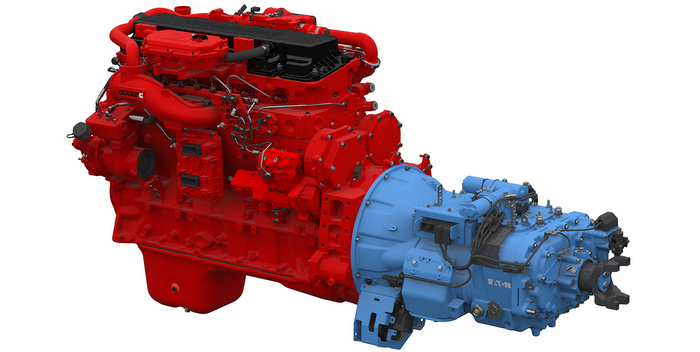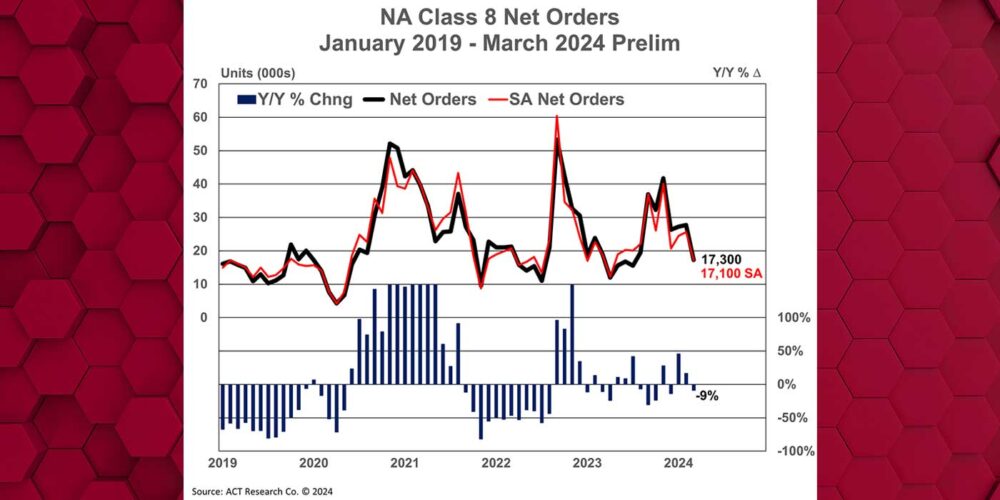Automated manual transmissions (AMTs) are becoming a bigger part of the trucking market than ever, and the growth of AMTs is showing no sign of slowing down. Yet, it should be no surprise that AMTs are catching on given the importance of spec’ing for consistent fuel efficiency, plus the driver retention benefits. It also improves the way they drive—AMTs naturally push drivers toward better habits, which leads to better overall fleet fuel economy. Add in the increasing durability and reliability of today’s AMTs, and it’s no wonder that fleets are making the switch to AMTs.
Last year at this time, Volvo reported that its I-Shift automated manual transmission represented more than 75% of transmissions ordered in Volvo trucks, while Navistar and Kenworth each reported that 30% of their trucks sold were spec’d with an AMT. And in 2015, these numbers have only grown.
“More than 40% of Freightliner Cascadias and Western Star trucks are sold with an automatic transmission,” Dr. Wolfgang Bernhard, a Daimler AG Board of Management member responsible for trucks and buses, said at a recent Detroit event announcing the start of production of the DT12 AMT in its Michigan plant.
What does the future hold for the tried and true manual? Will it hold onto a spot in the trucking market, or will it go the way of vinyl records or VHS tapes, hopelessly obsolete for all but the most determined collectors?
There are always those fleets that will always want to spec a manual transmission. There are also those that prefer the level of control that manuals offer, a level that simply can’t be matched by AMTs… yet.
Don’t forget that automated manuals are essentially manual transmissions, with the truck’s powertrain management system in charge of hitting the shift points. It’s still possible to operate the truck in manual mode.
There are also features available that can provide a manual-esque level of control. Take a look at the latest powertrain offerings from Eaton and Cummins. Since 2013, the two companies have combined forces to make the SmartAdvantage powertrain (pictured above), which integrates Cummins ISX12 and ISX15 engines with Eaton’s Fuller Advantage 10-speed automated manual transmissions. The latest features for the SmartAdvantage powertrain, as well as those Eaton offers for the low-speed package for UltraShift PLUS and Fuller Advantage, may be able to partially bridge the gap between manuals and AMTs.
The features in question are “urge to move,” which allows the truck to automatically drive forward when the truck is in gear, but the driver’s foot is not on the gas or the brake, and “blended pedal,” which allows the driver to directly control clutch engagement during engine idle and drive at varying speeds, enabling a manual-style control with the AMT.
Those with AMTs who miss the level of control available in manuals will appreciate these features, particularly blended pedal. This goes double for those in vocational applications, where the precise placement of a cement mixer chute or a dump truck can make all the difference.
Will this help to ease the concerns of fleets dedicated to manual transmissions? It’s too early to say for sure, but it will definitely help make the transition a little easier.














